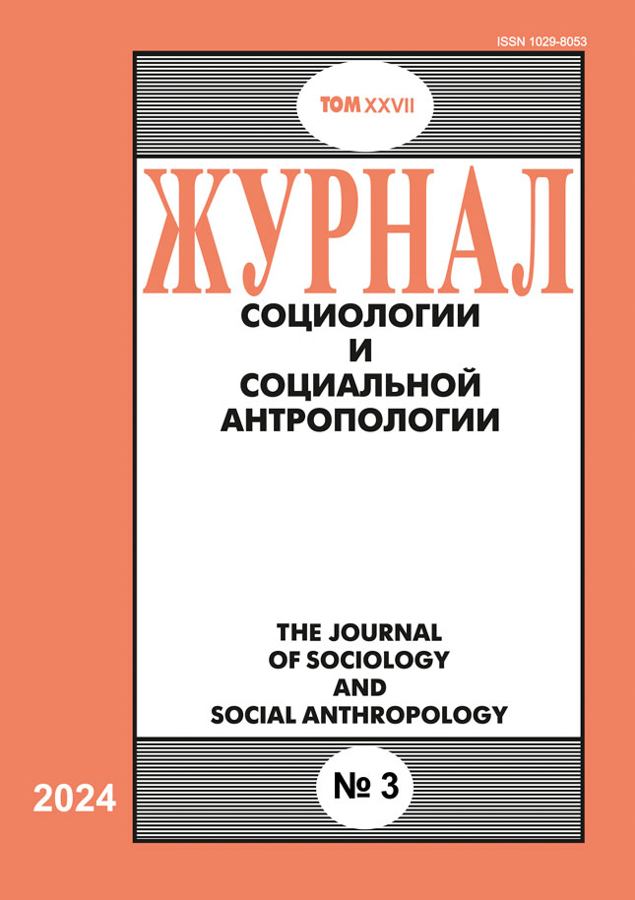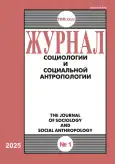The article is devoted to the discourse on natural resources and landscapes of Kuzbass as a way to establish their value. Such discursive work, as the author shows, influences the development of nature. Resource use is necessarily related to the questions of what exactly matters in the environment and how it should be evaluated. Appealing to the theory, the author demonstrates that natural resources and landscapes do not have universal value, but acquire it in the processes of competition and struggle of values. Arguments are given in favor of understanding natural objects within the implementation of discursive practices, the scope of which extends both to the level of language and to the level of action in a specific socio-material space. Based on the analysis of the materials of the Kuzbass public discourse, four discursive fields related to four types of natural resources of the region are identified. First, coal mining, which is gaining a dominant symbolic status. Coal metonymically represents the region and is valued for economic development and well-being. In this regard, the Kuzbass landscape is discursively subordinated to the value of a resource, for which the lands are managed as a «resource location» devoid of local features. Secondly, gold mining, which is present on the periphery of the region's public discourse. It is characterized by less consistency and fixed values. Value contradictions are associated with the definition of the impact on river landscapes, which gain different material capabilities and properties in the discursive practices of gold mining companies, government and the active public. Thirdly, practices of forest management that embody the values of sustainable and rational nature development. The discursive practice of regional government enacts the forest as a potential commodity (wood), discarding its significant ecosystem functions. Fourth, the tourism potential of the territory, which relates to both natural and industrial landscapes. The article concludes that in the articulation of discourses by various actors, the same natural objects (subsoil, forests, reservoirs, etc.) acquire different value, semantic and material existence.
 7–26
7–26


 27–56
27–56


 57–77
57–77


 78–109
78–109


 110–132
110–132


 133–159
133–159


 160–180
160–180


 181–207
181–207


 208–231
208–231


 232–238
232–238


 239-261
239-261












